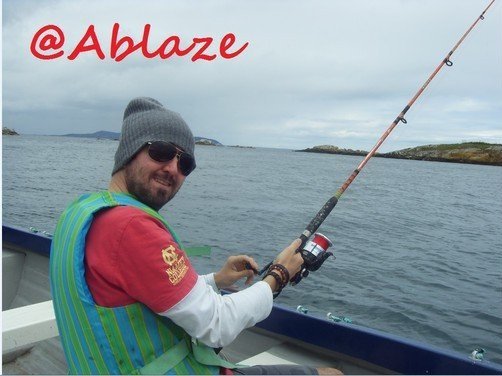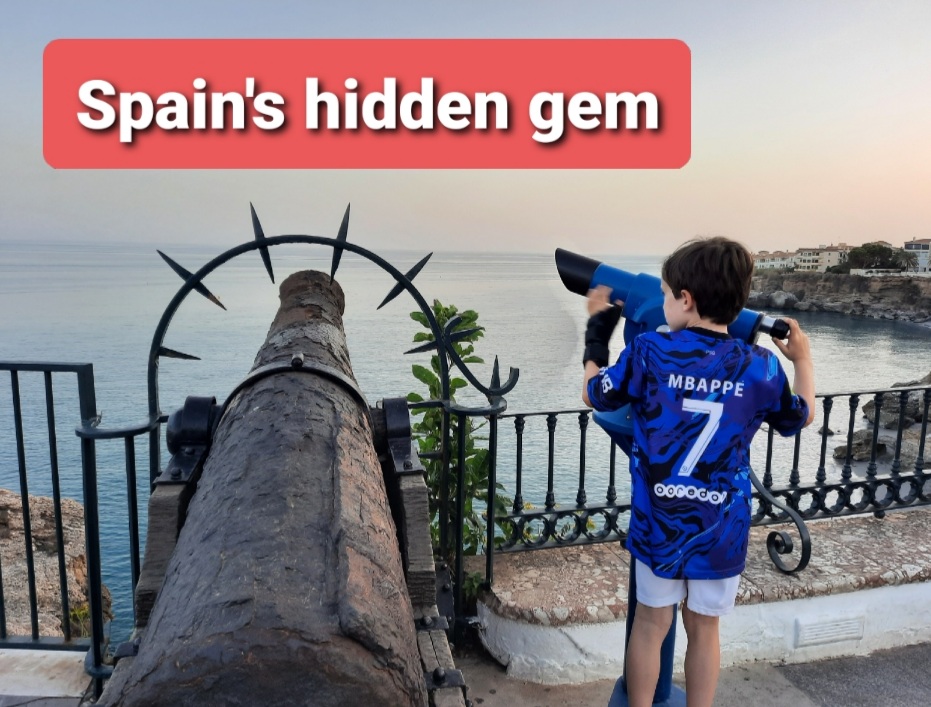
I recently brought you for a stroll down the unspoilt beautiful mountain side meandering streets of Frigilliana in the South of Spain, a quaint little village where my wife and I got married.
Most villages have a town nearby and Frigilliana is no different and it's nearby town is another gem, nestled tastefully on the sea front and not a sky scraper or high rise in sight thank God. Over development has ruined the esthetic of many little Spanish towns and villages, but not Nerja which maintains it's old world charm in a world of modern reinvention.
So why the Spanish posts from an Irishman you might ask?Well, I recently returned from holidays in the South of Spain with my wife and three sons. We had a brilliant time spending 11 nights in Benahavís West of Malaga and 3 nights in Nerja an 1 hour 30 minute drive East along the coast from Benahavís.
Balcon De Europa
Spanish towns often have a new town and an old town and you won't be surprised to hear me say that the old towns tend to be my preference, and Nerja is no different. It's old town is it's focal point and boasts the Balcon de Europa. Wiki tells us:
The Balcón de Europa, a mirador or viewpoint which gives stunning views across the sea, is in the centre of the old town. Its name is popularly believed to have been coined by King Alfonso XII, who visited the area in 1885 following a disastrous earthquake and was captivated by the scene. Local folklore says that he stood upon the site where the Balcón now stands, and said "This is the balcony of Europe". Local archive documents are said to show that its name predated this visit, but this has not prevented the authorities from placing a life-sized (and much photographed) statue of the king standing by the railing.
The Balcón area was originally known as La Batería, a reference to the gun battery which existed there in a fortified tower. This emplacement and a similar tower nearby were destroyed during the Peninsular War. In May 1812, the British vessels Hyacinth, Termagant and Basilisk supported Spanish guerrillas on the coast of Granada, against the French. On 20 May, Termagant or Hyacinth opened fire and the forts were destroyed. Two rusty guns positioned at the end of the Balcón are reminders of these violent times. The huge lumps of rock, the remains of La Batería, visible in the sea at the end of the Balcón, are further evidence of this action.
Here are some photos from atop the Balcon:
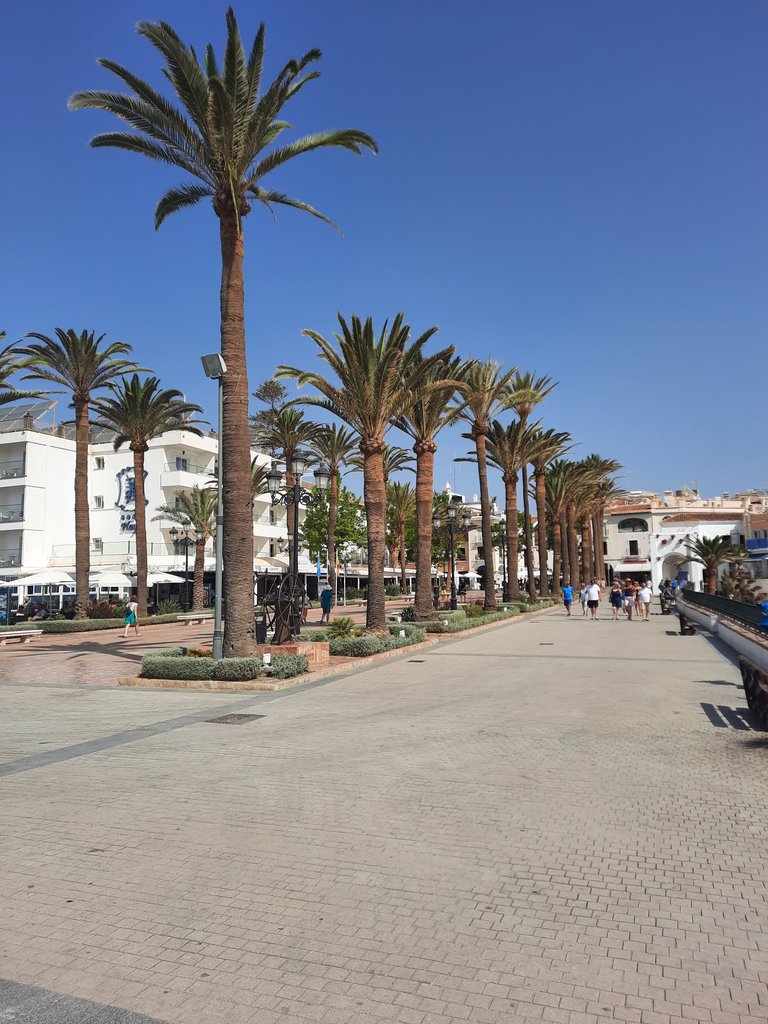
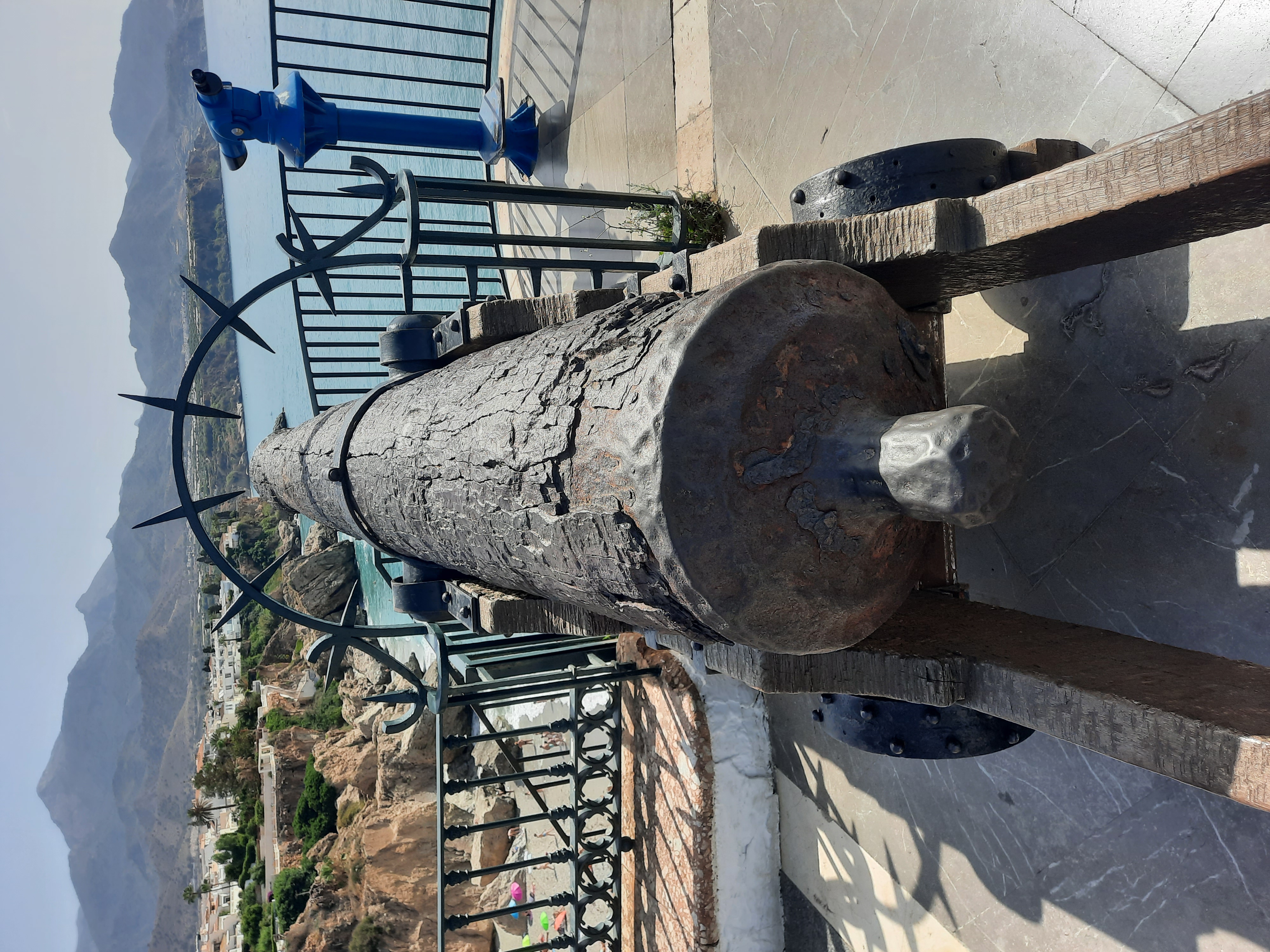
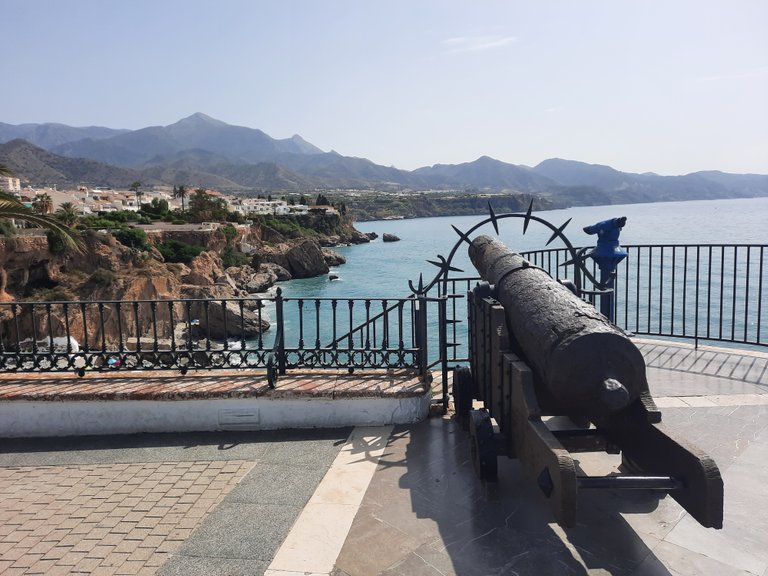
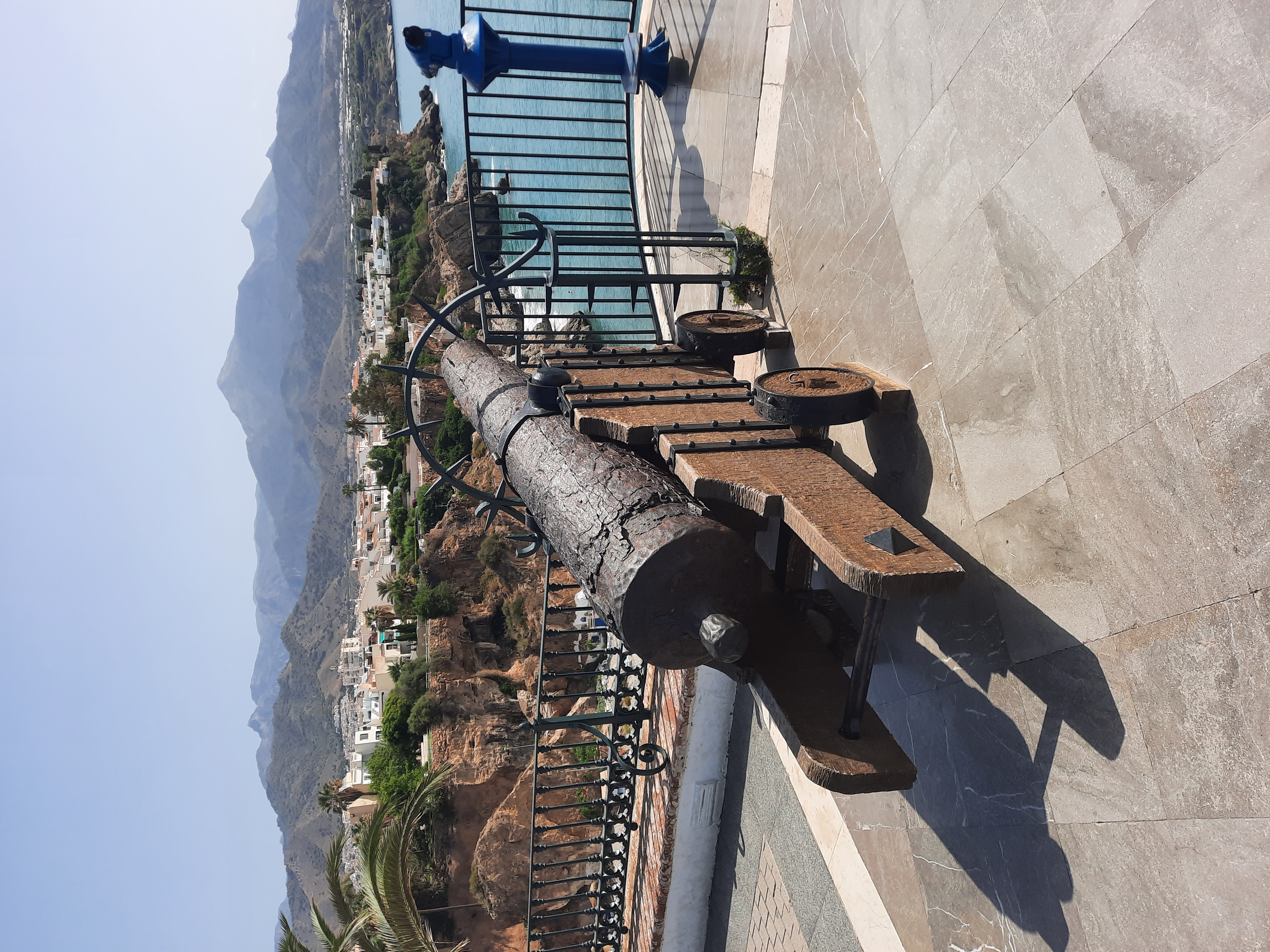
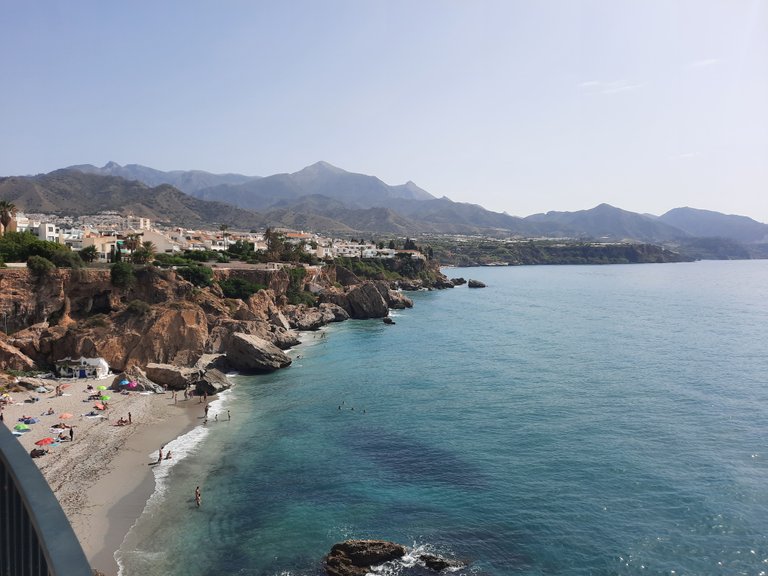
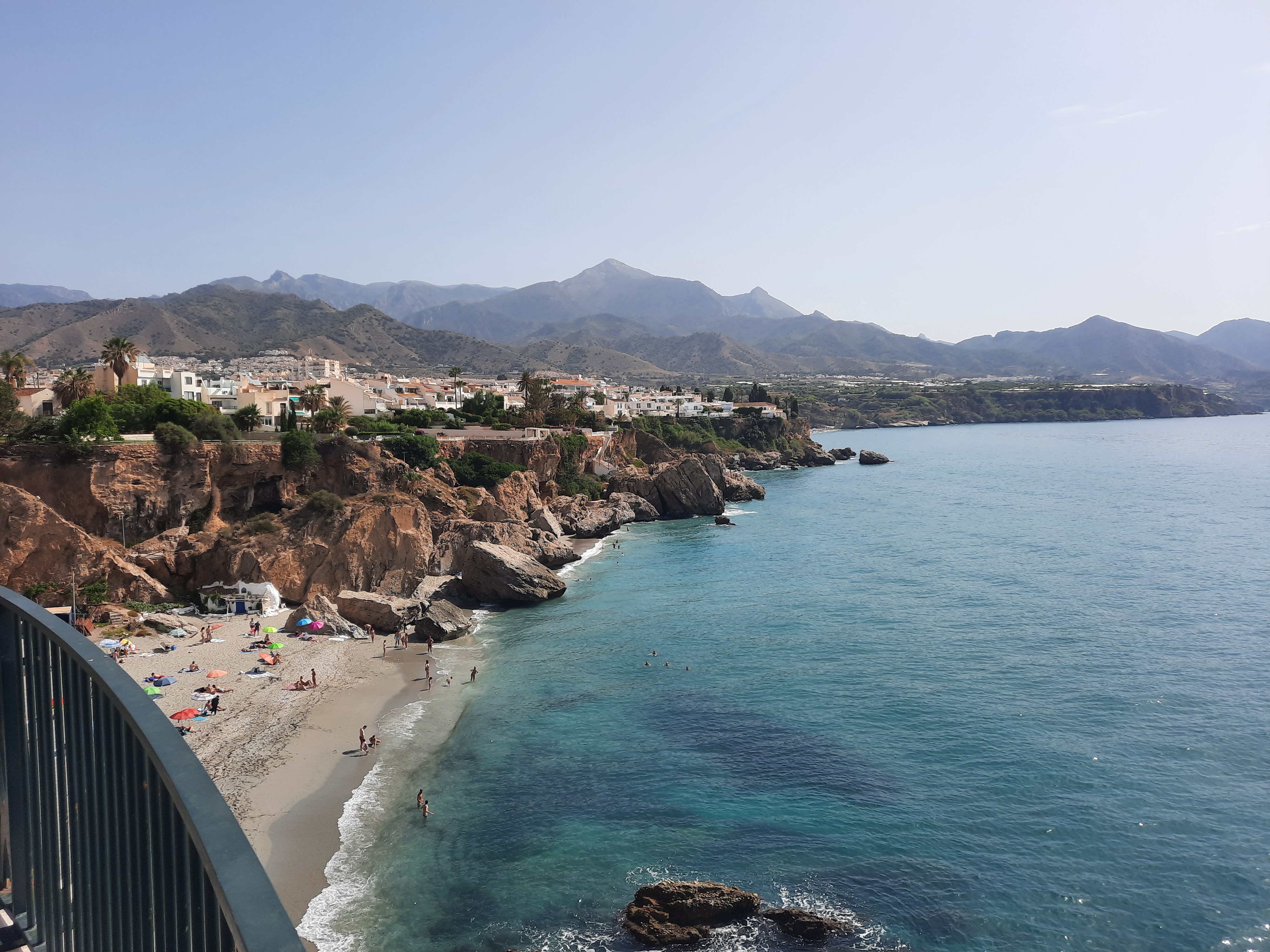
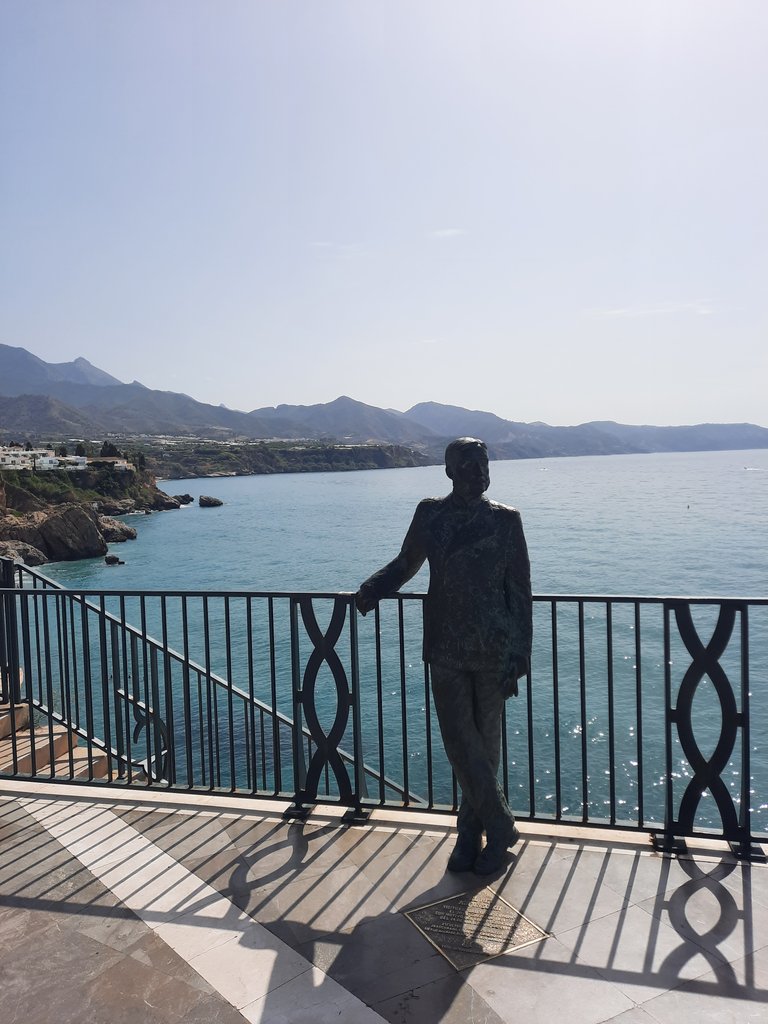
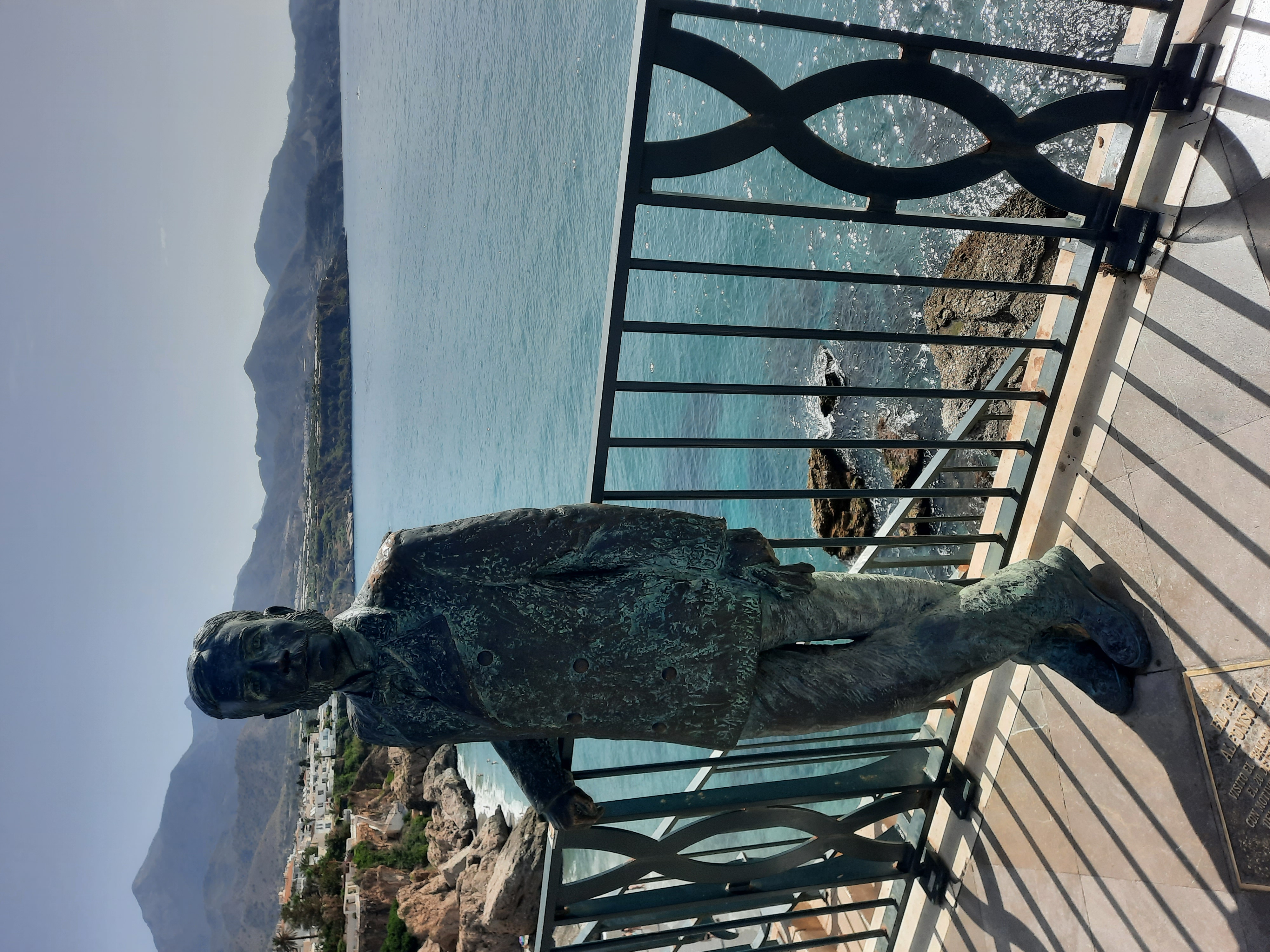
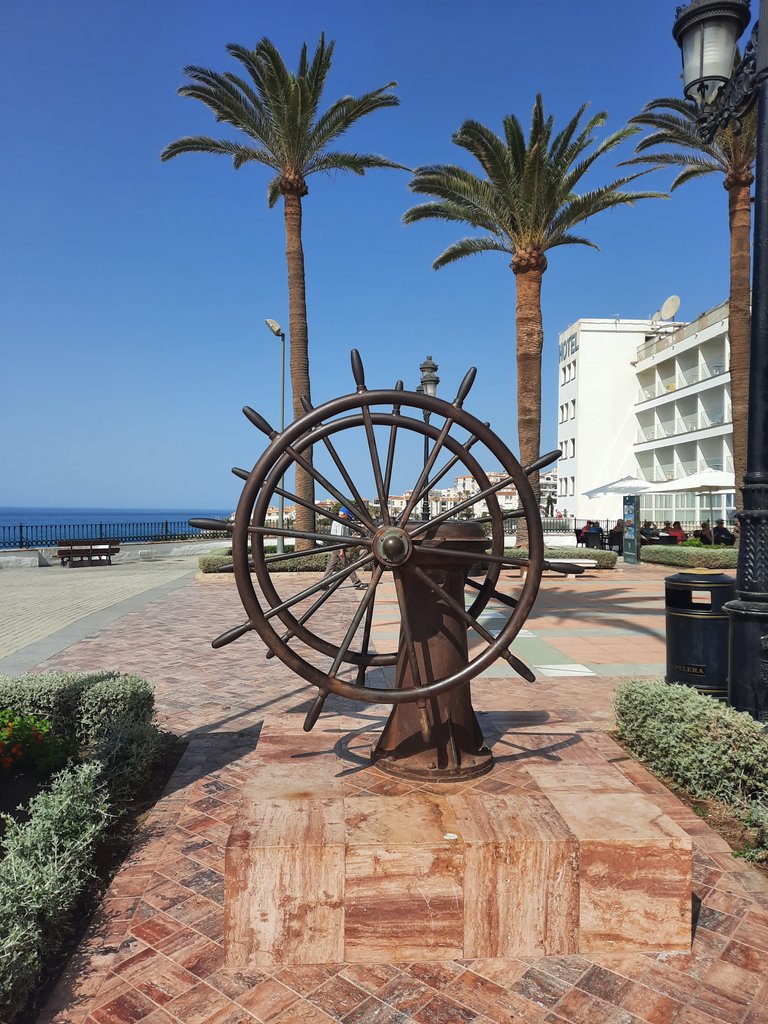
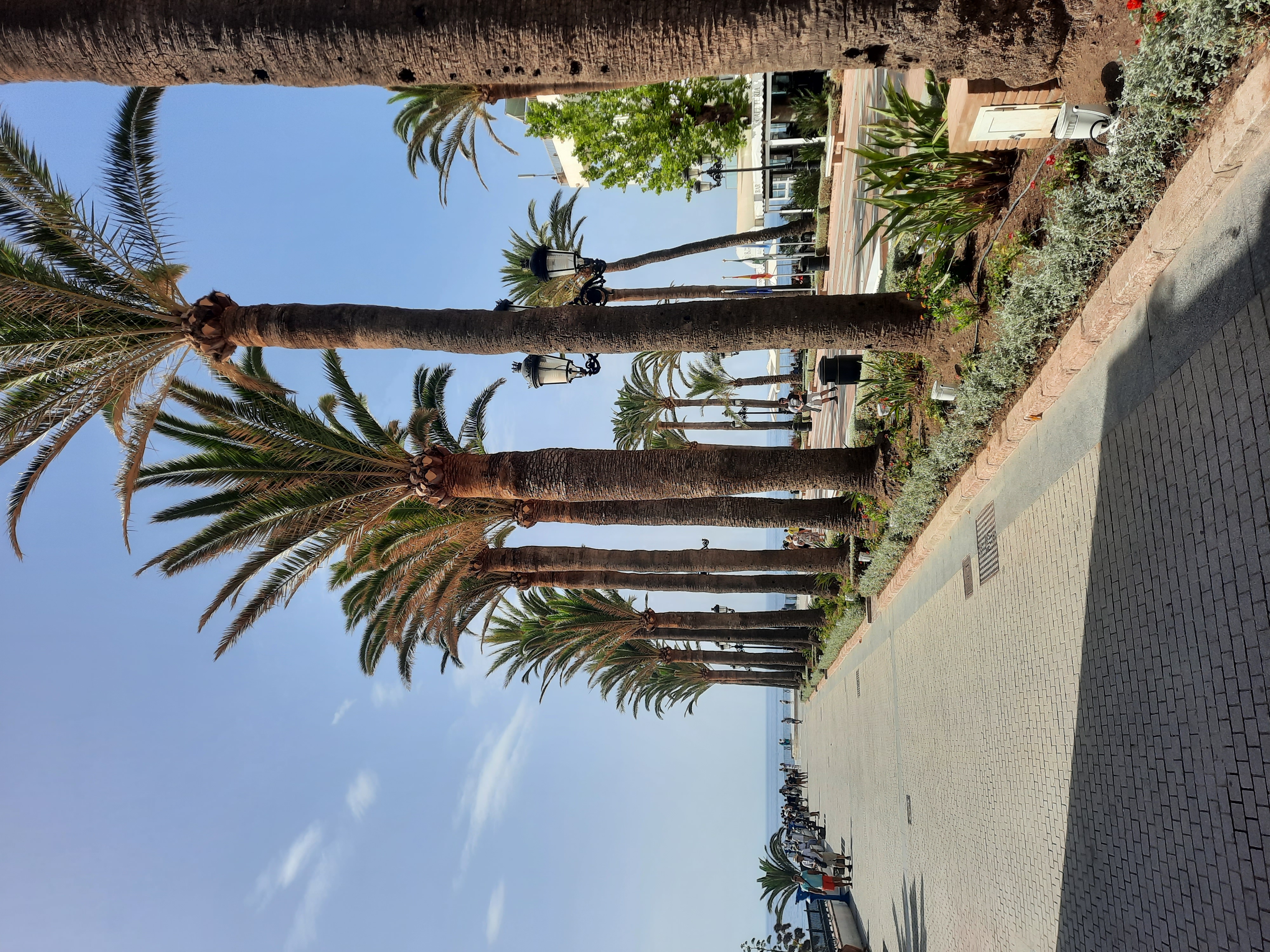
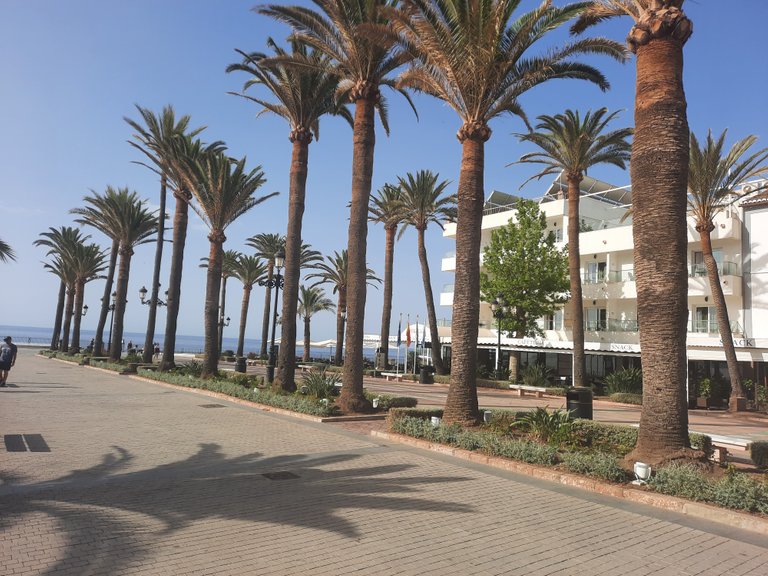

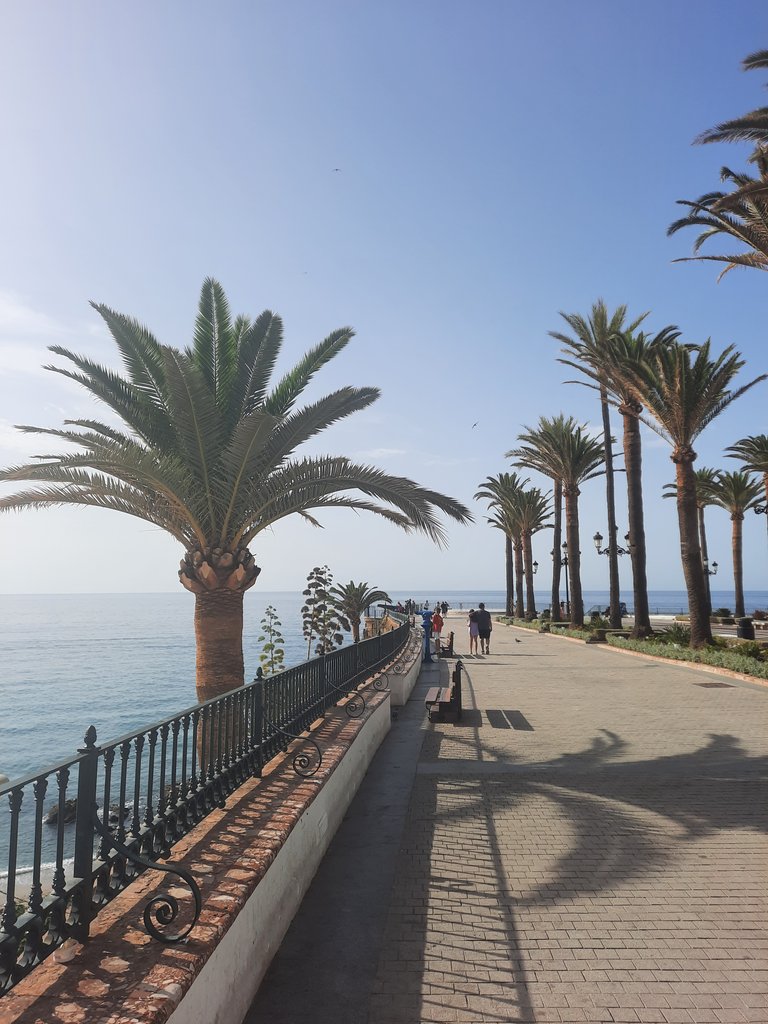
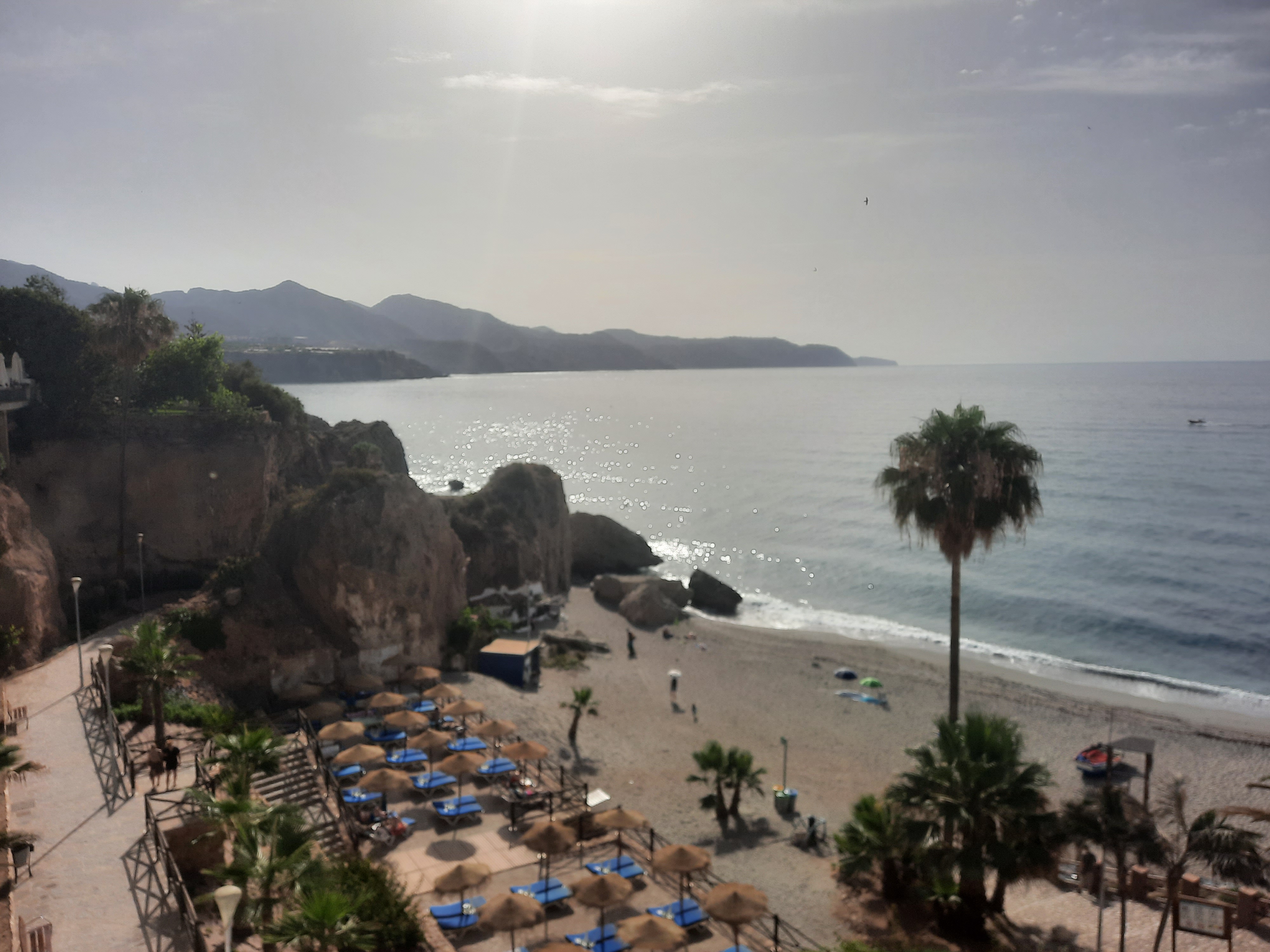
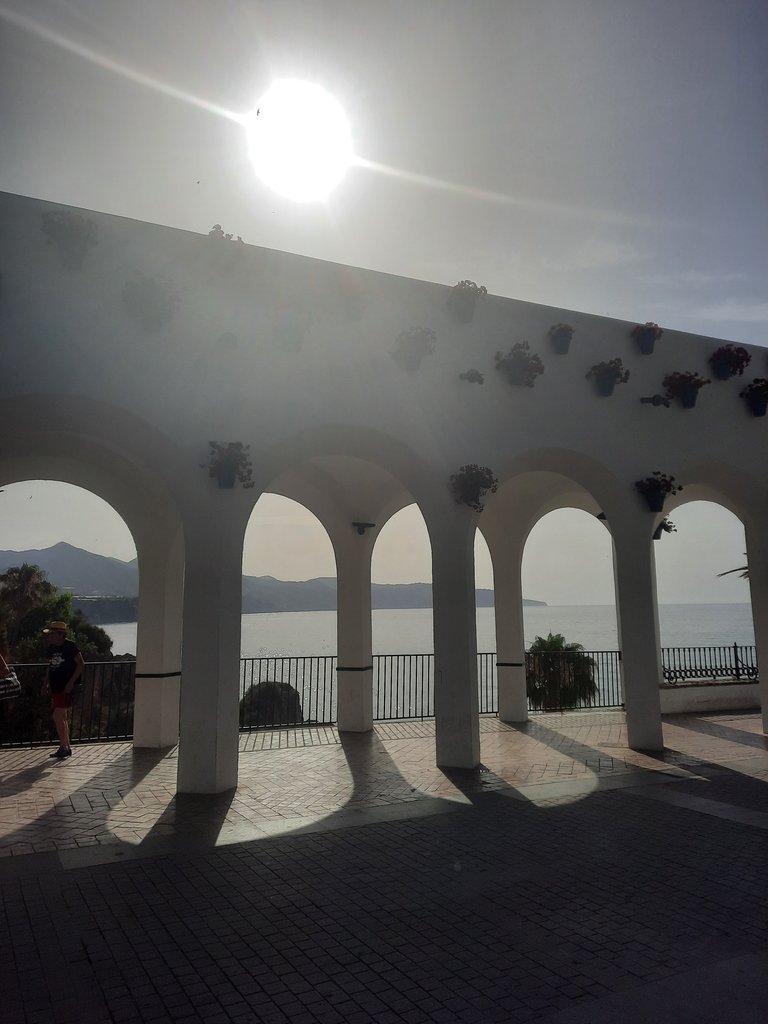
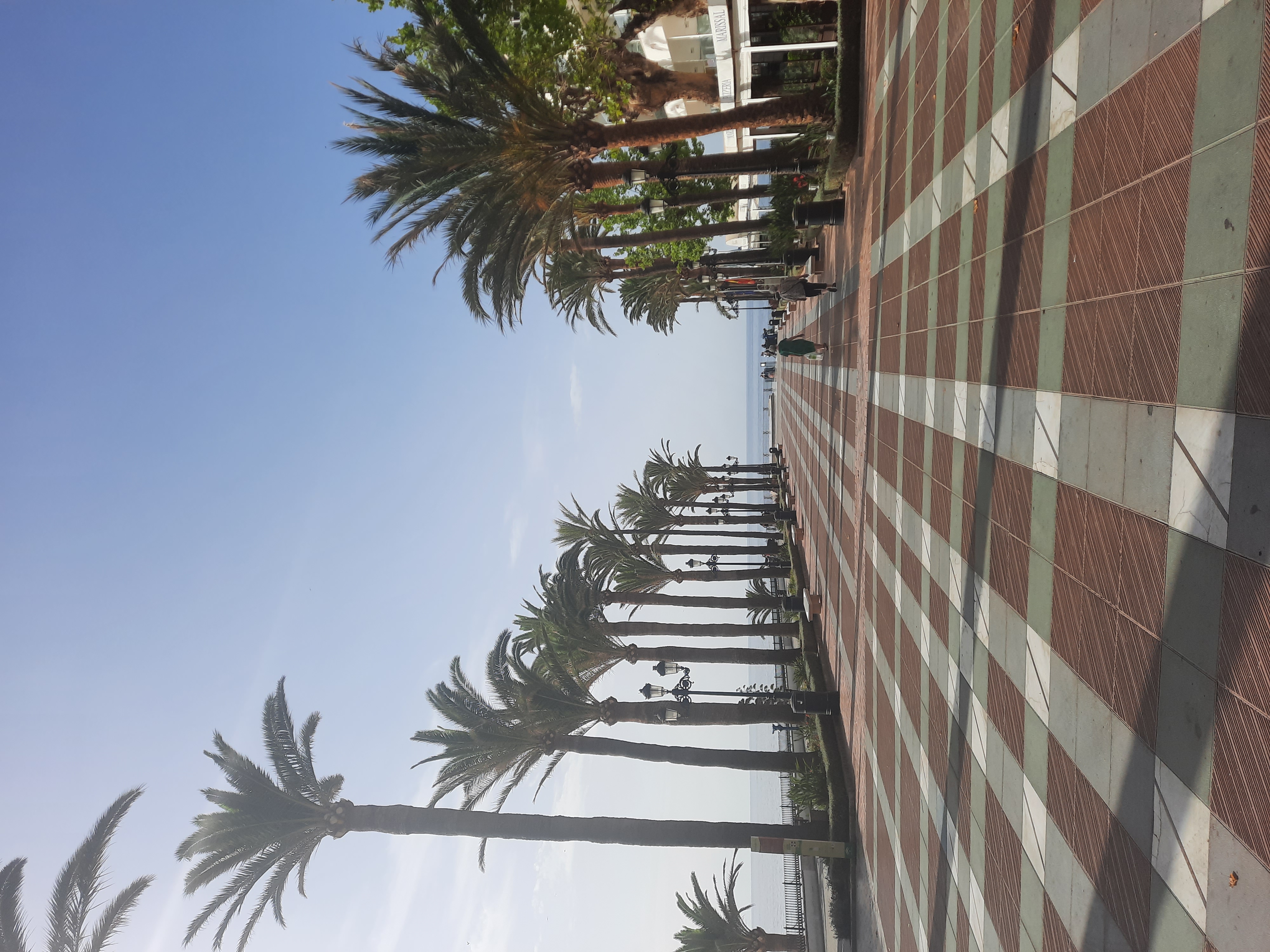
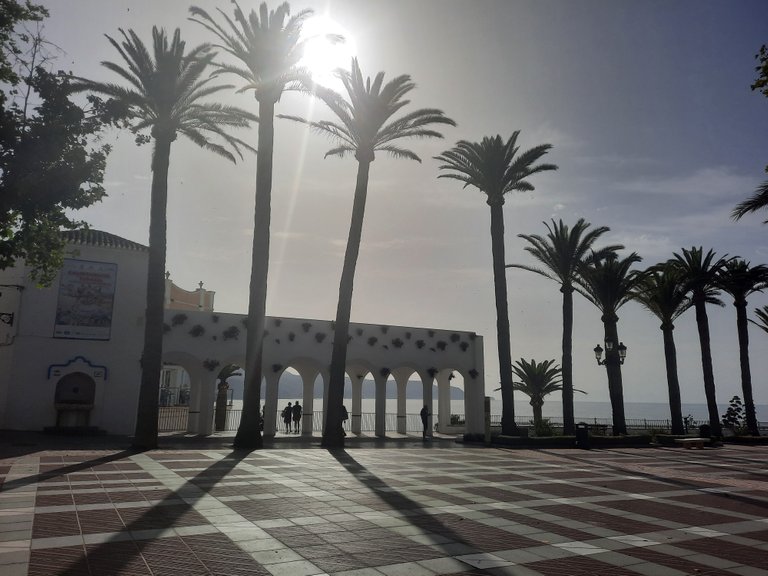

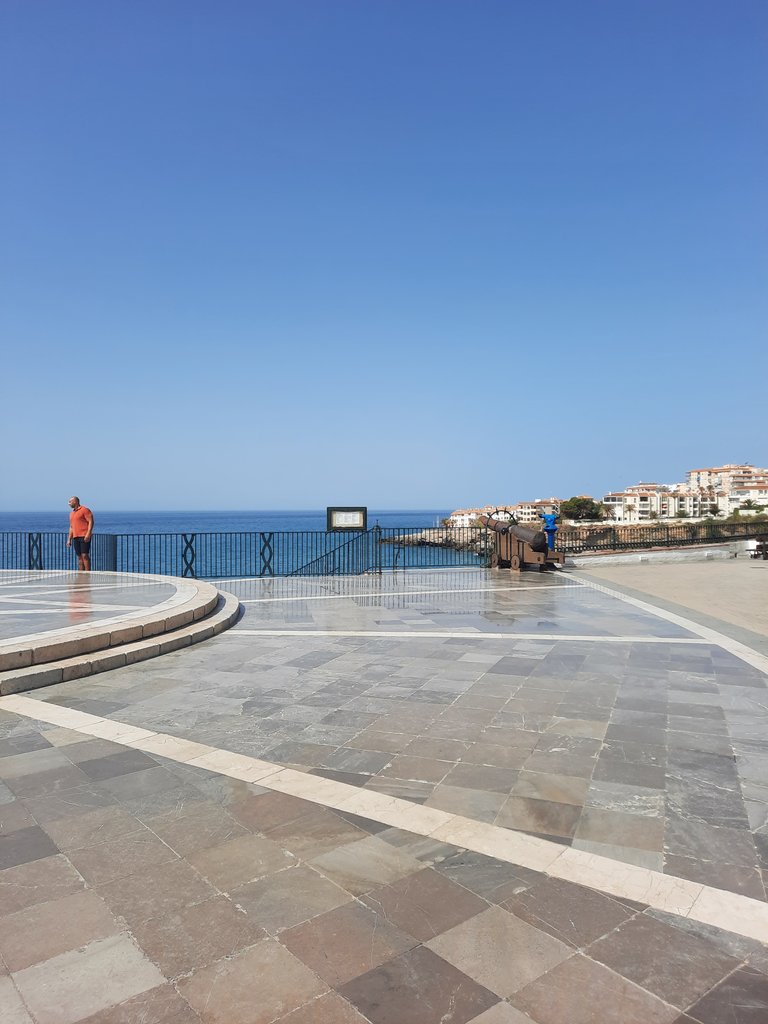
The beaches of Nerja
There is of course more to Nerja than the Balcon. It boasts some incredible beaches too which are all easily accessible from the town and rather than one long beach, there are a series of smaller ones divided by cliffs and coves.
While here, I went f0ra sea swim every morning. For me, it's hard to beat the feeling of laying back being held up by salt water and admiring a beautifully blue sky overhead.
Here are some photos of those beaches:

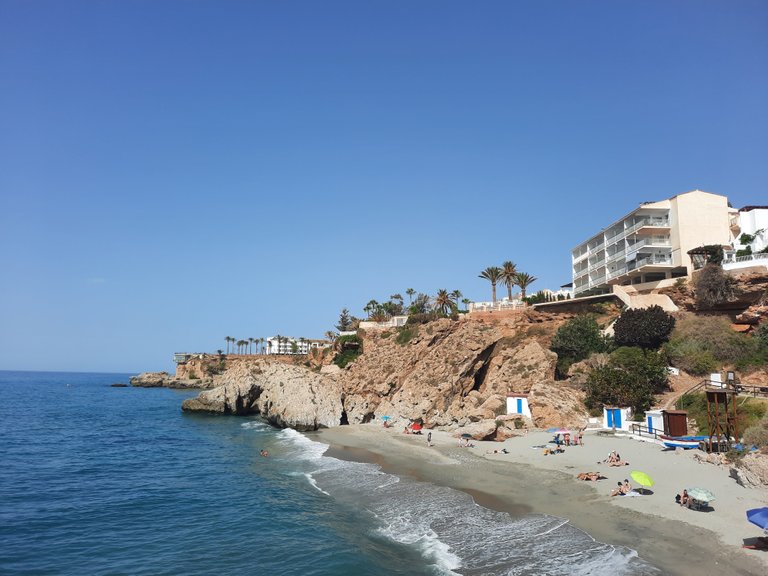
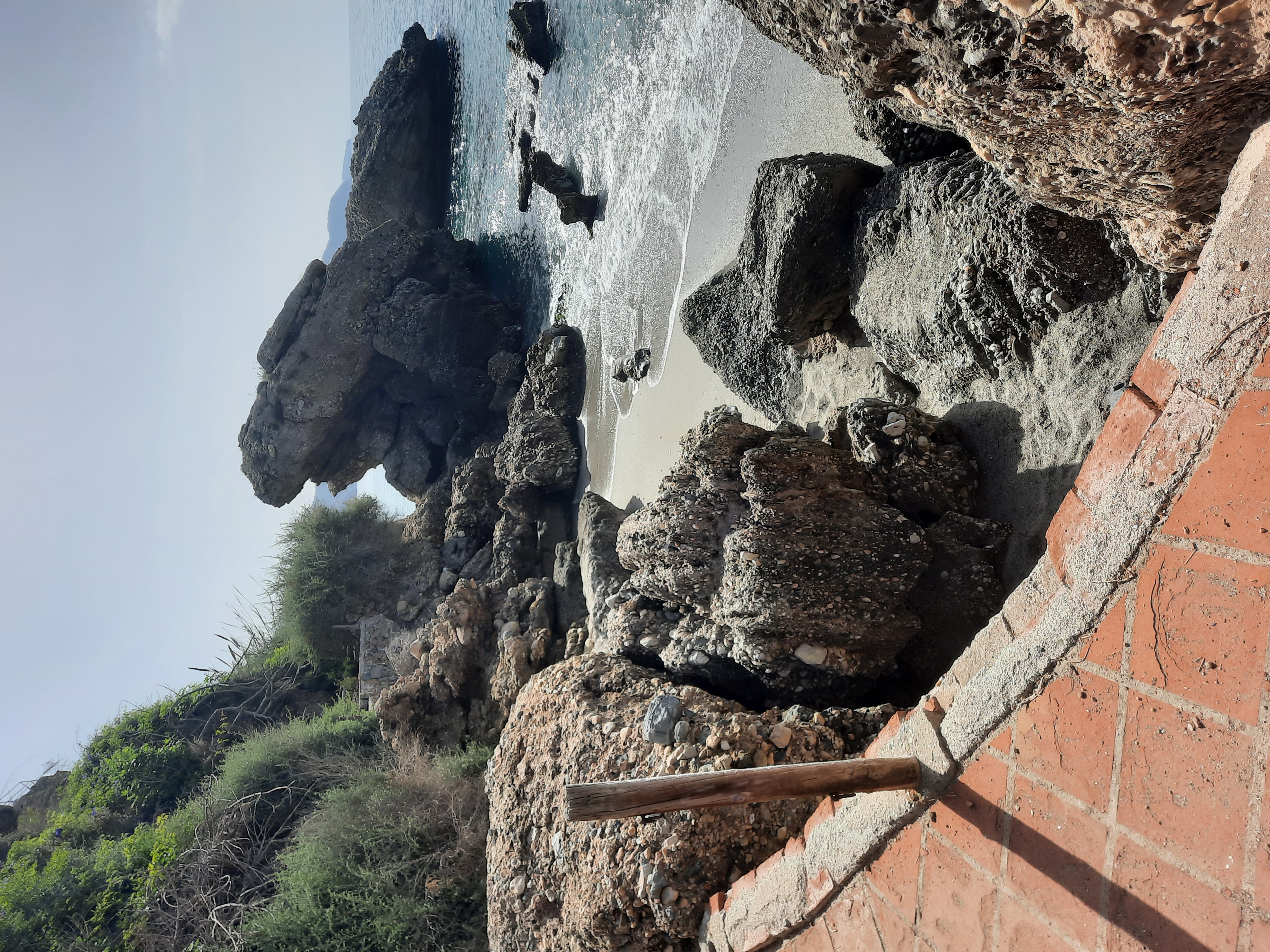
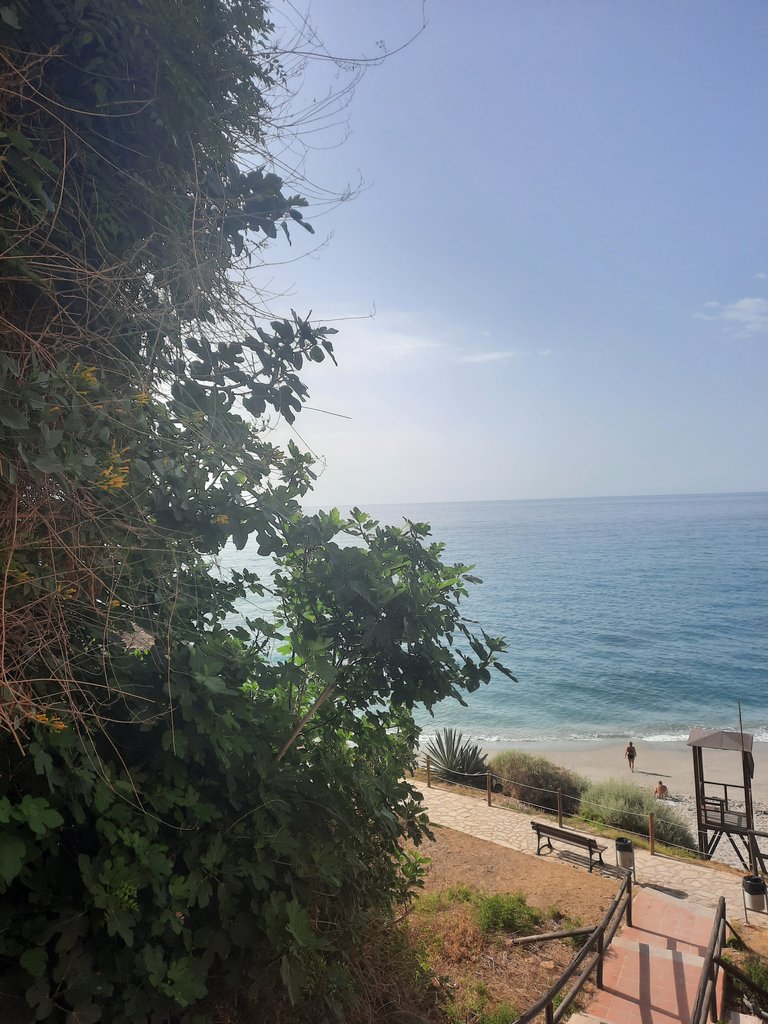
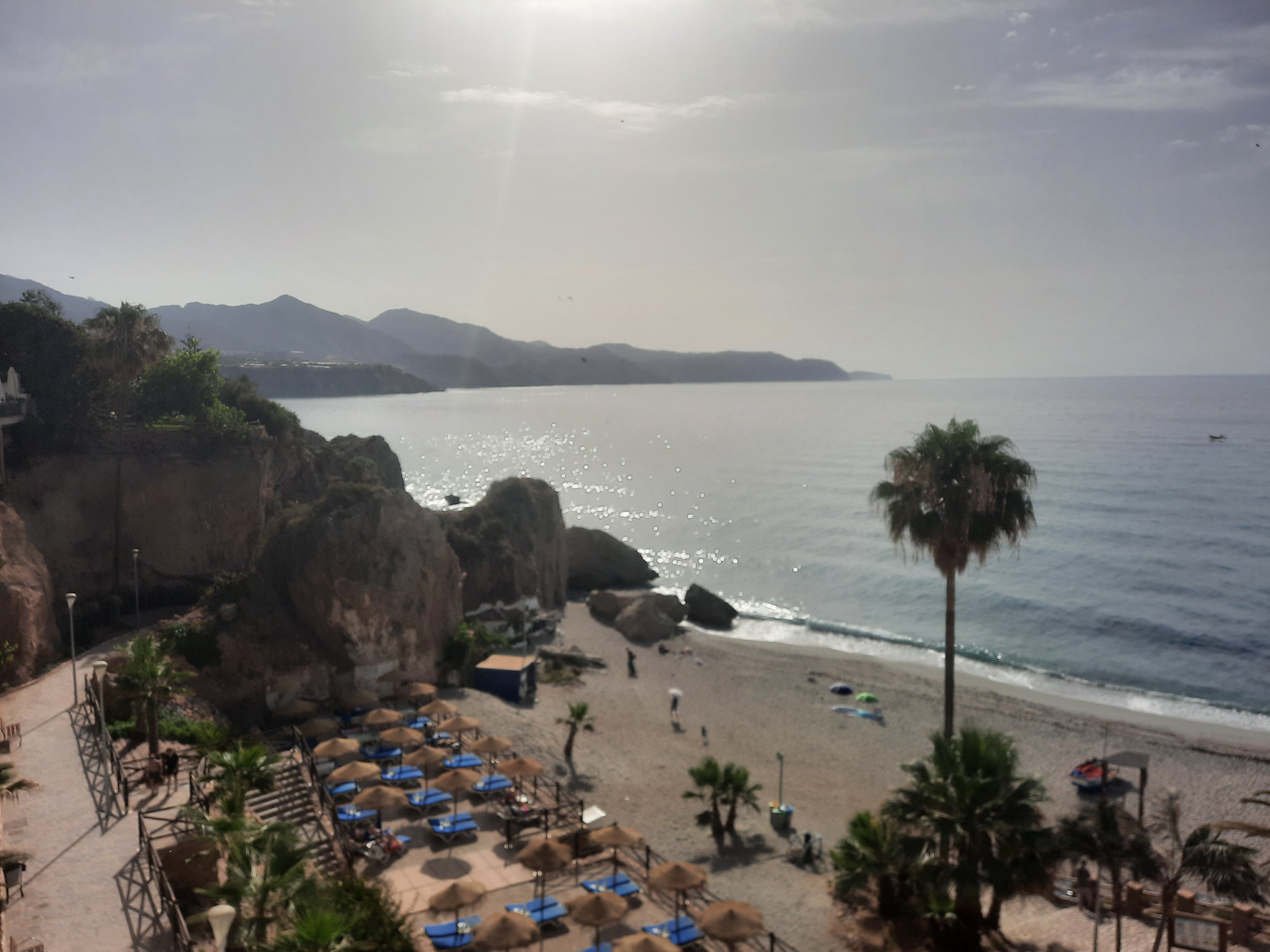
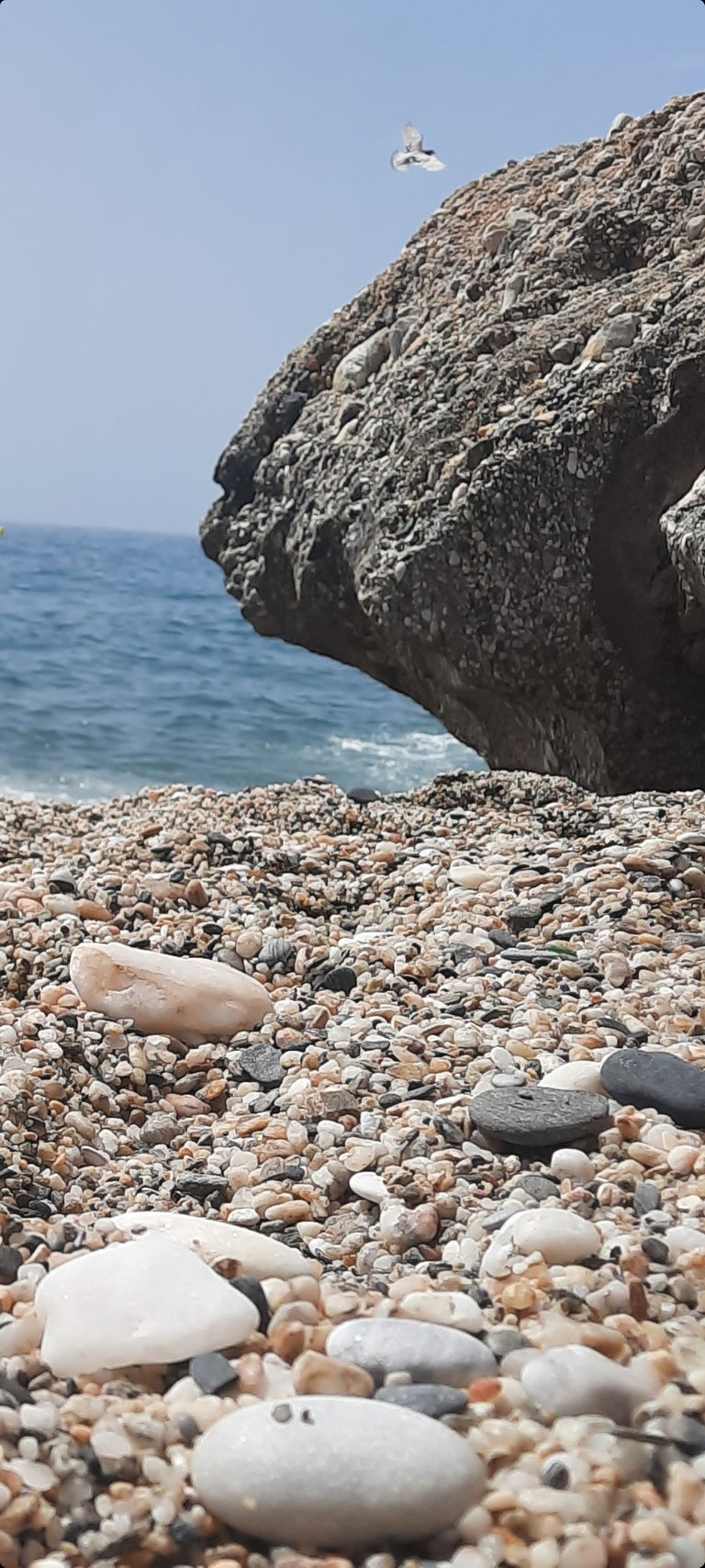
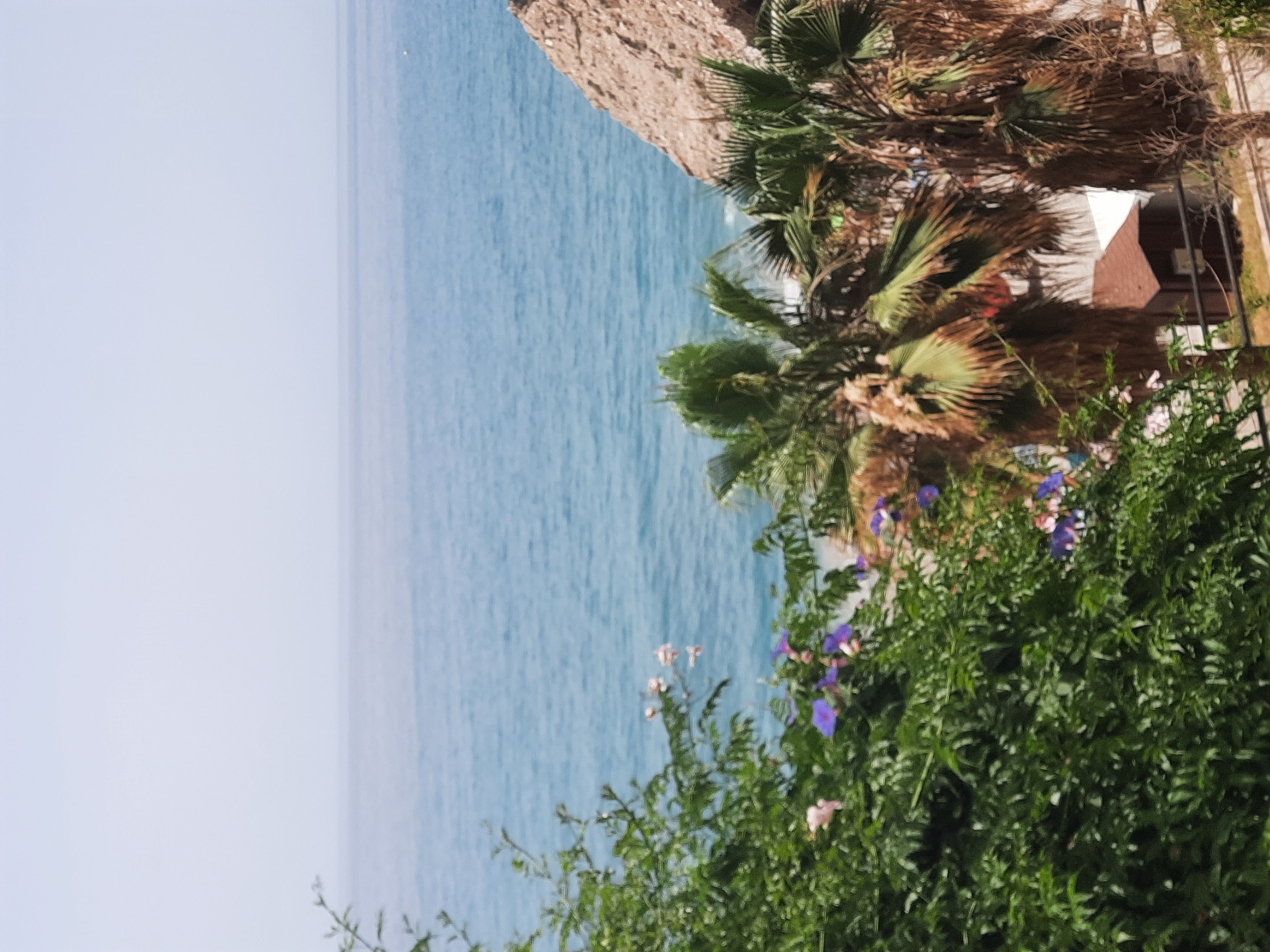
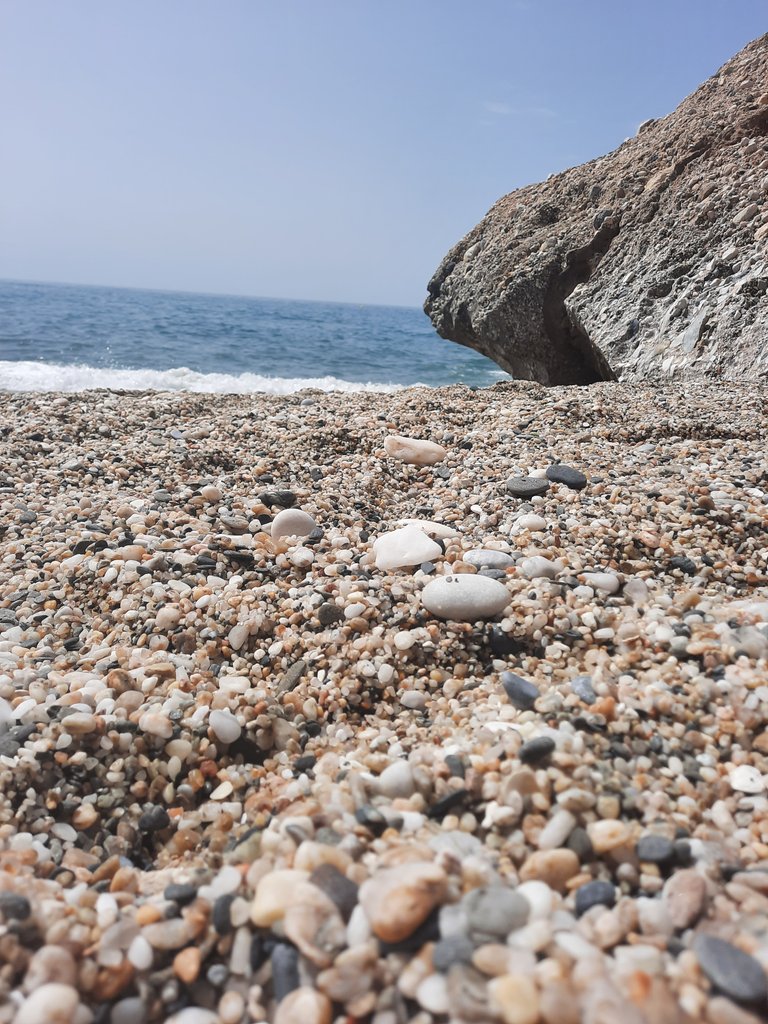

Nerja's picturesque buildings
Like Frigilliana, it's clear that the residents of Nerja take huge pride in their postcard perfect little coastal town. Not once did I spot litter or dog poo, the place is just immaculate and locals and tourists alike respect their surroundings.
Now let me share some photos from around the little streets of Nerja.

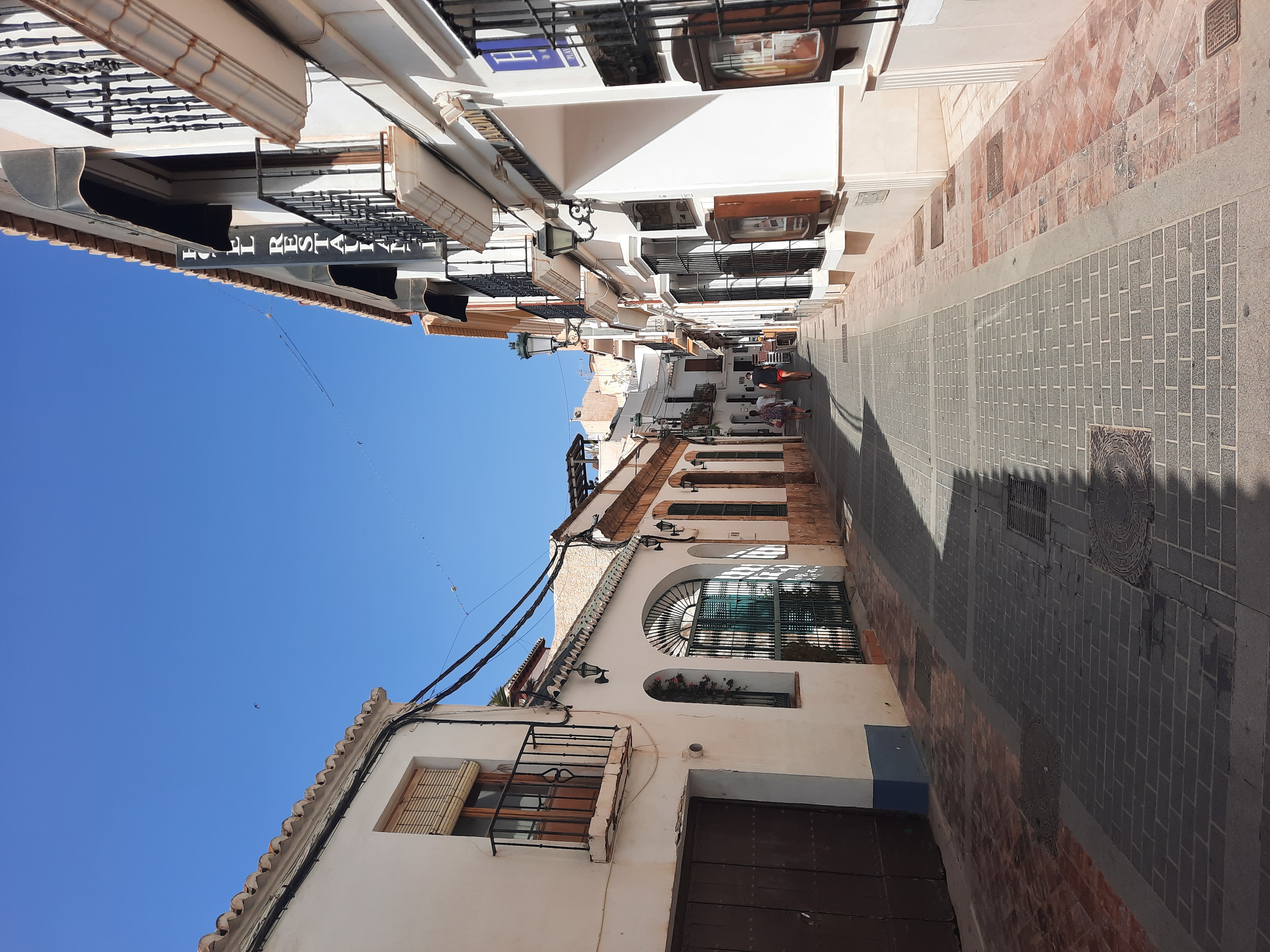
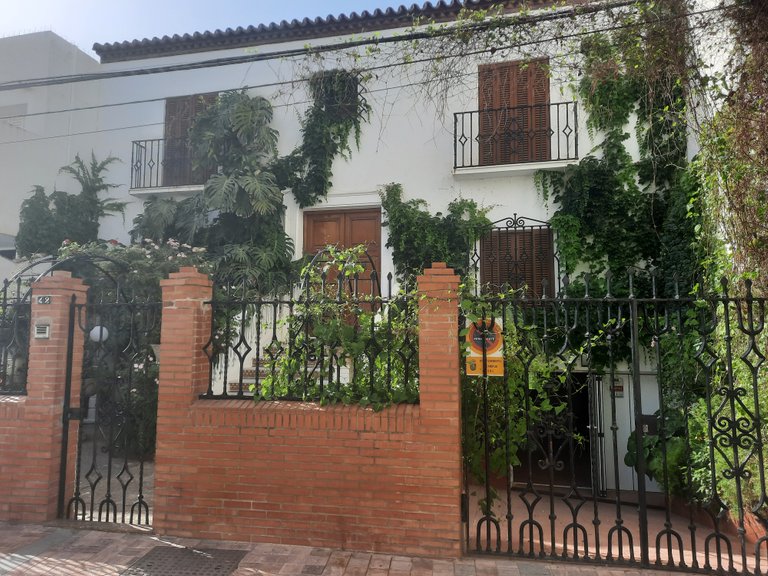
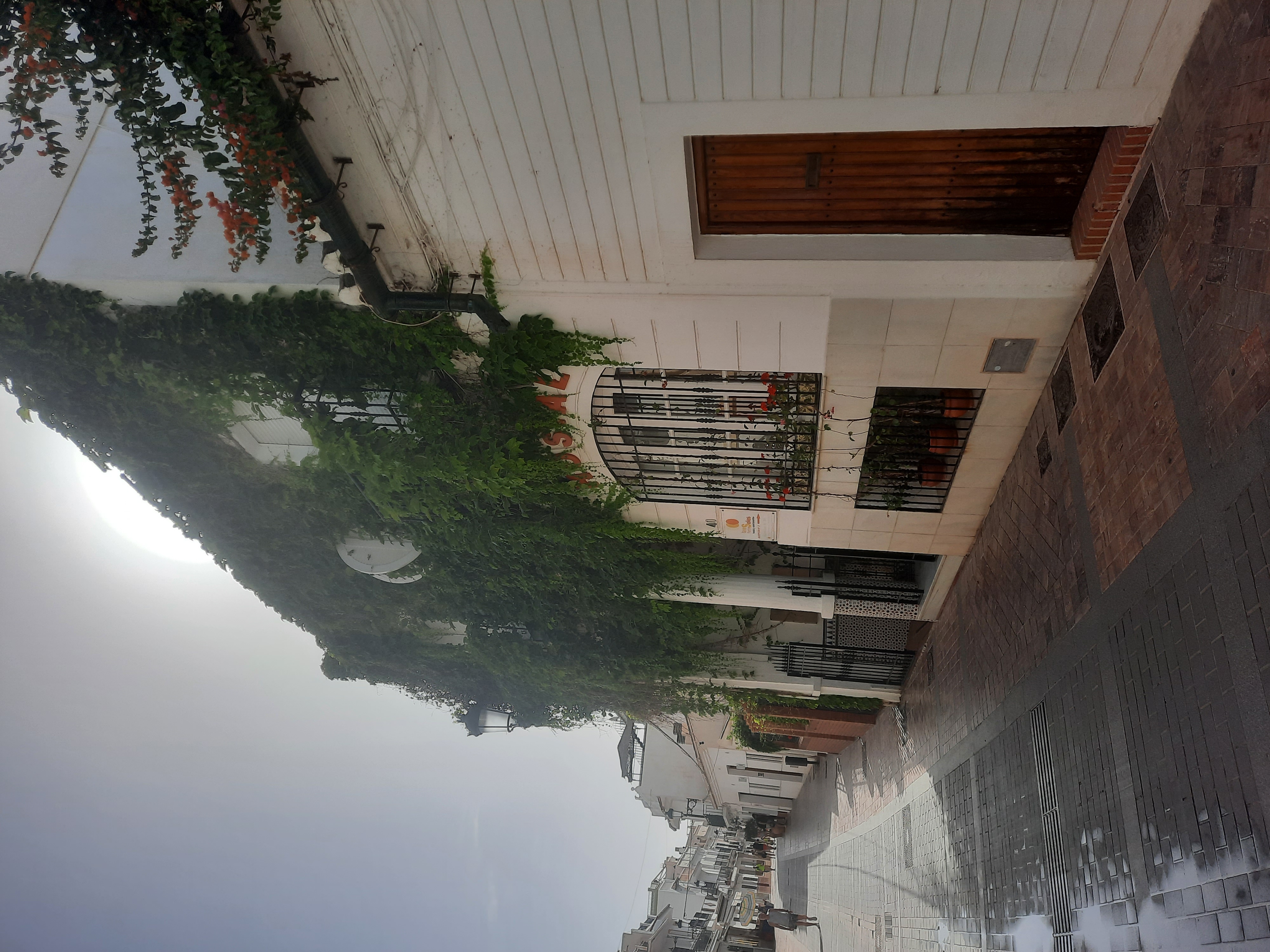
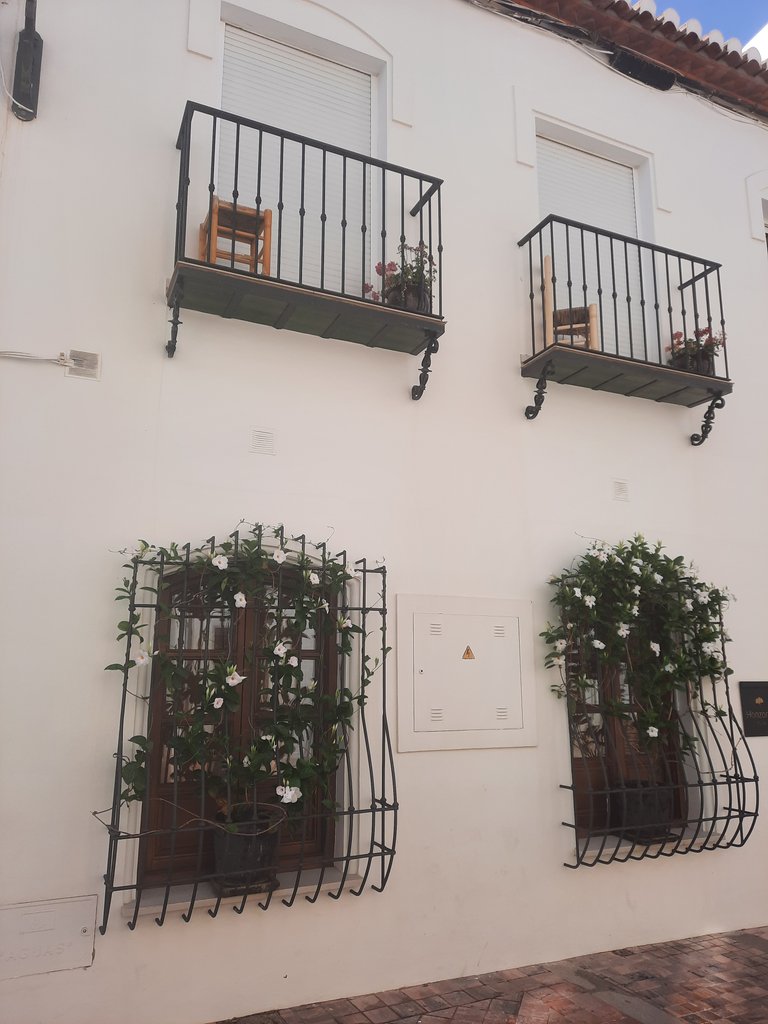
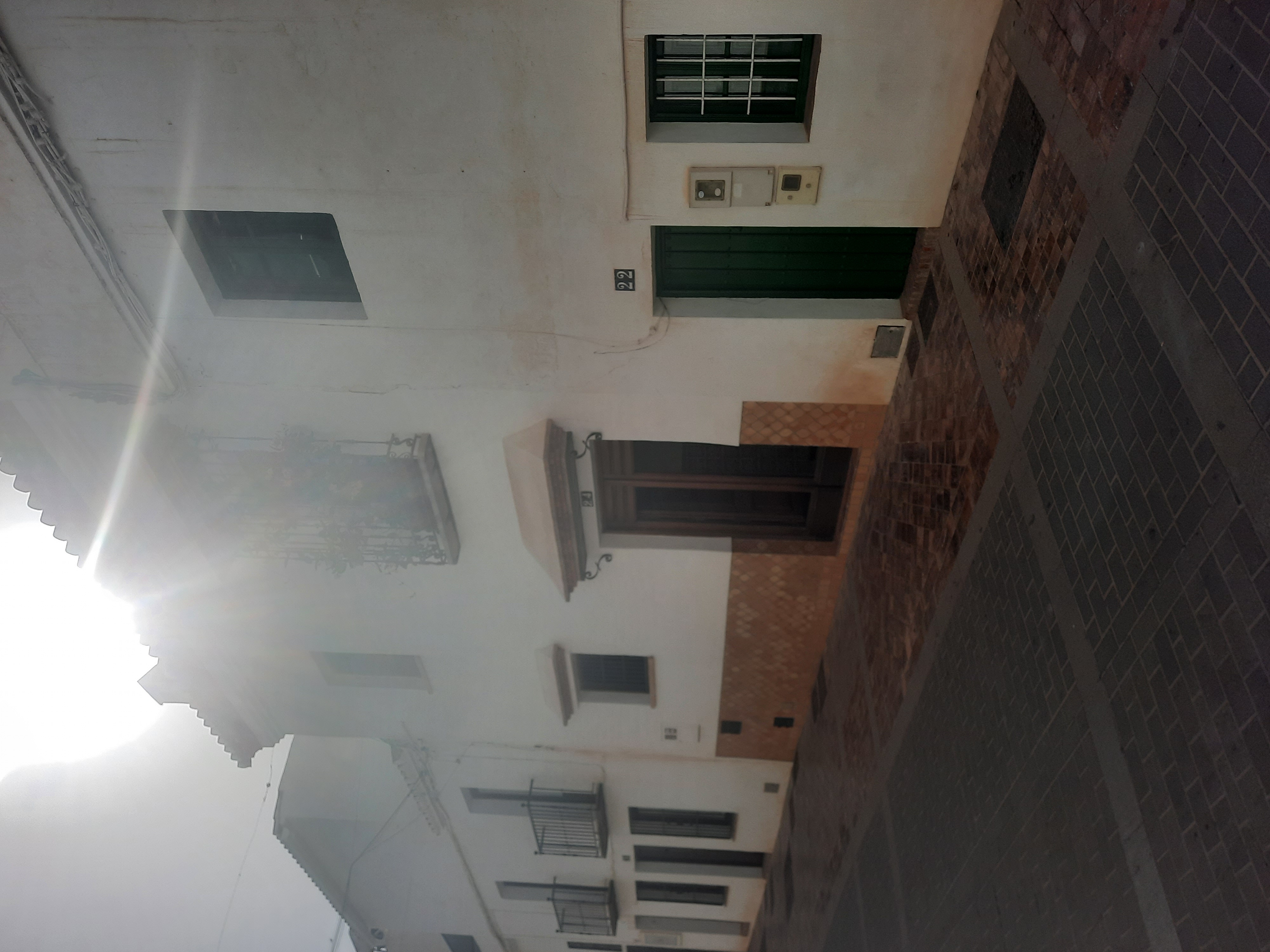

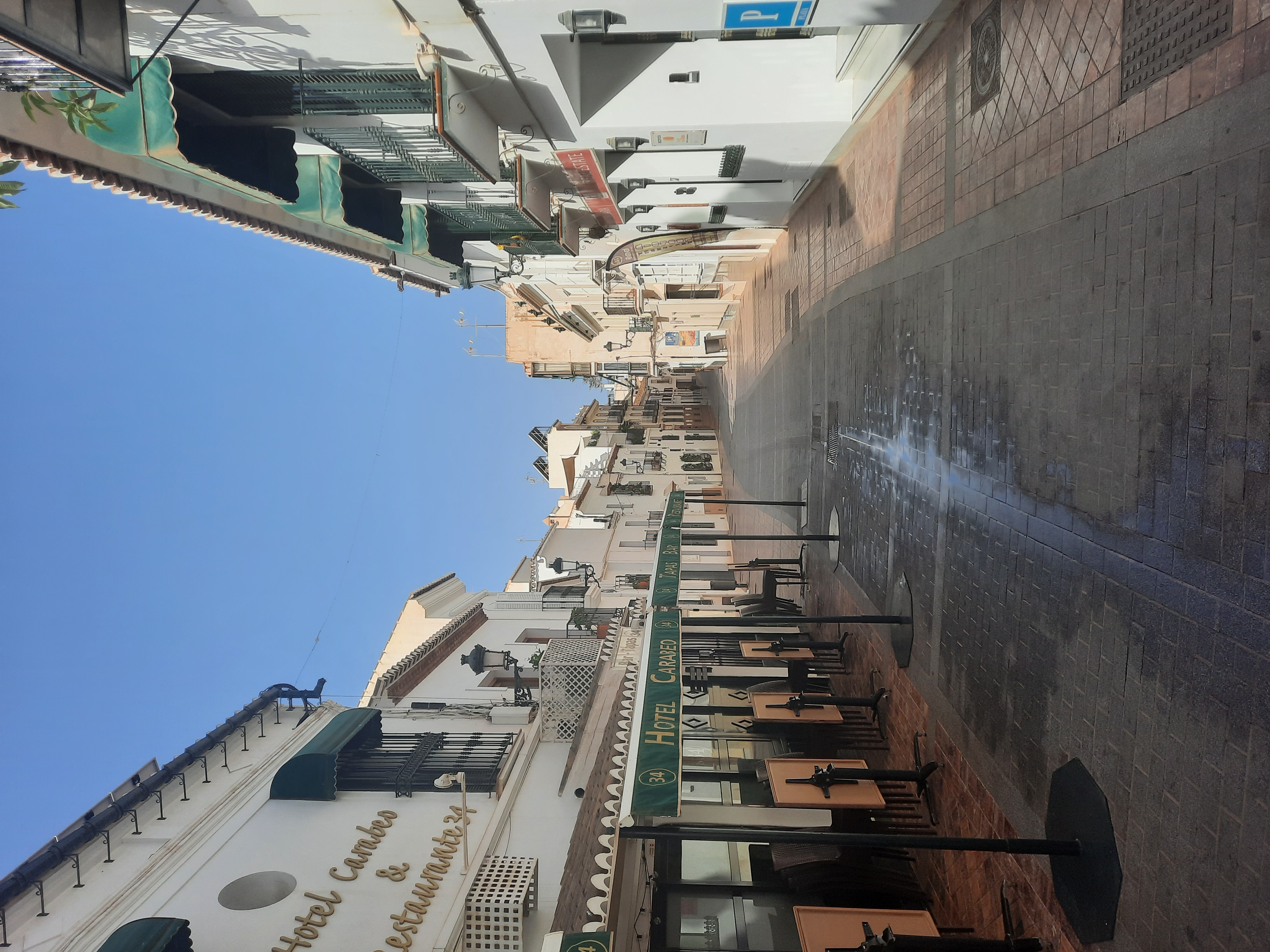
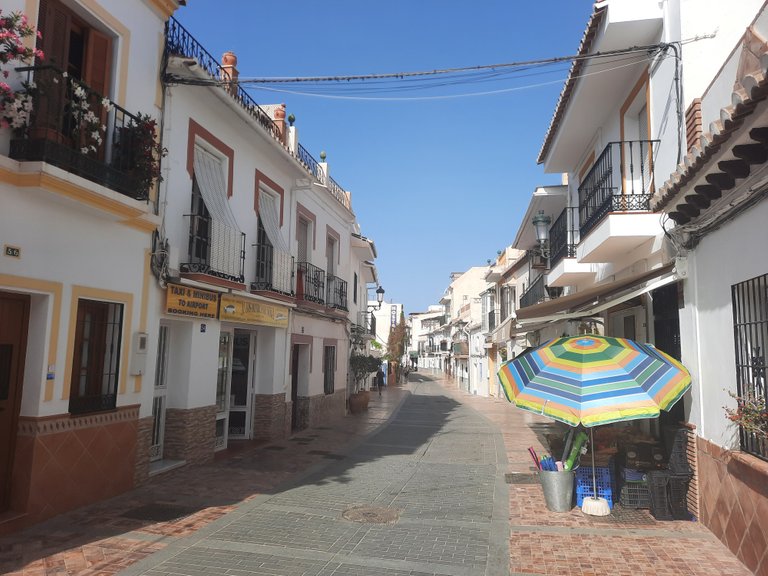
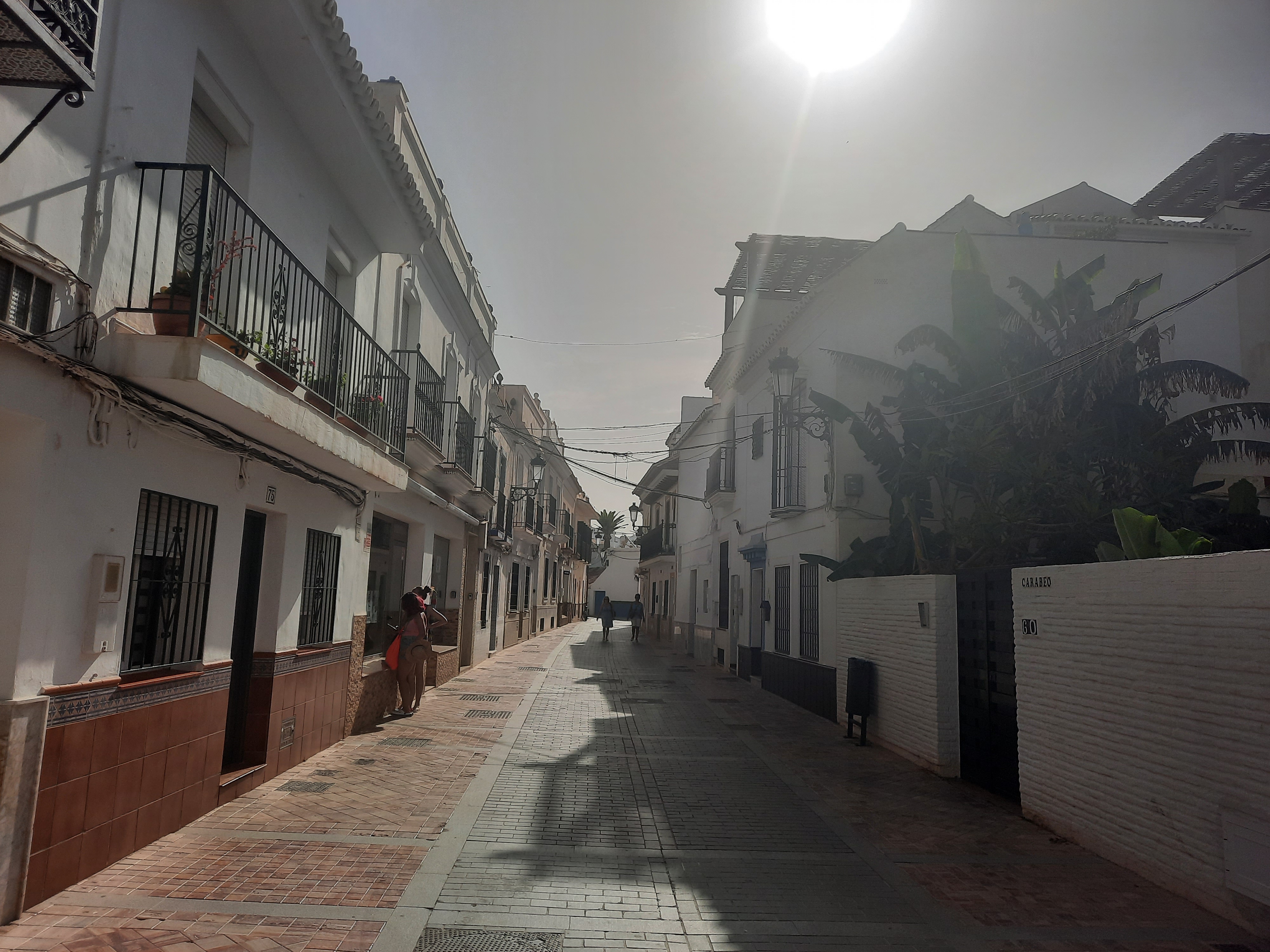
Water Font and Church
There is an old water font beside the Balcón which looks like it has a history, though I confess I don't know what it is. The church has a commanding position in the centre of the Old town and many couples from Nerja, other Spanish towns and blow ins from Ireland, Scotland, England and Wales tie the knot here.
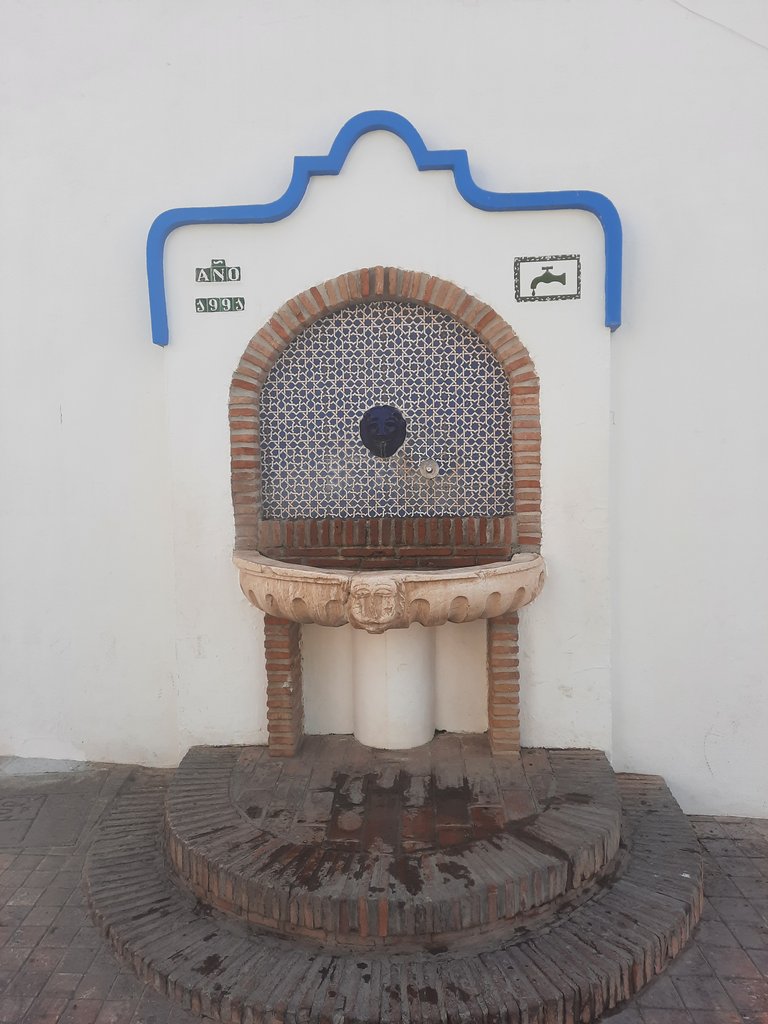
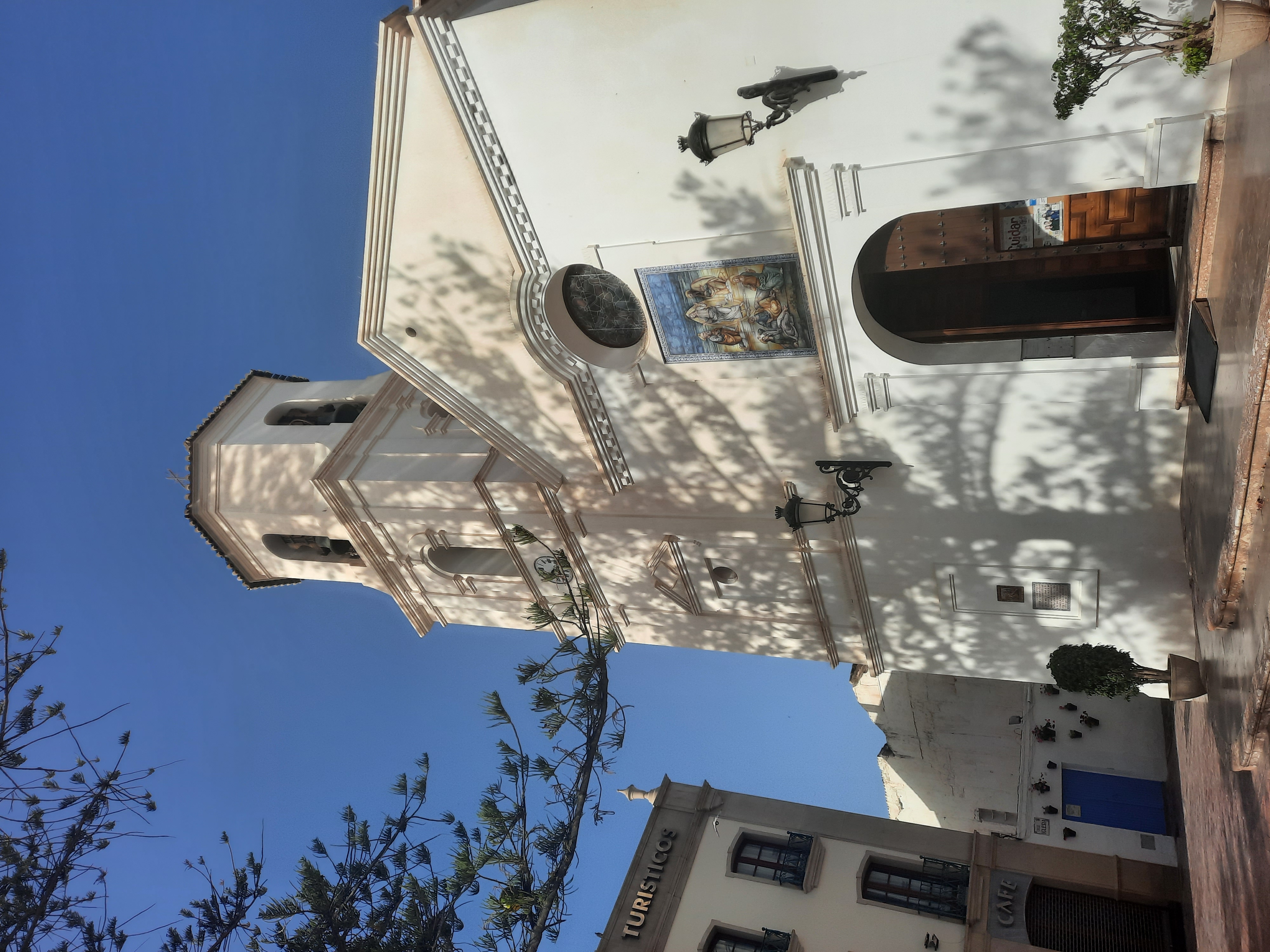
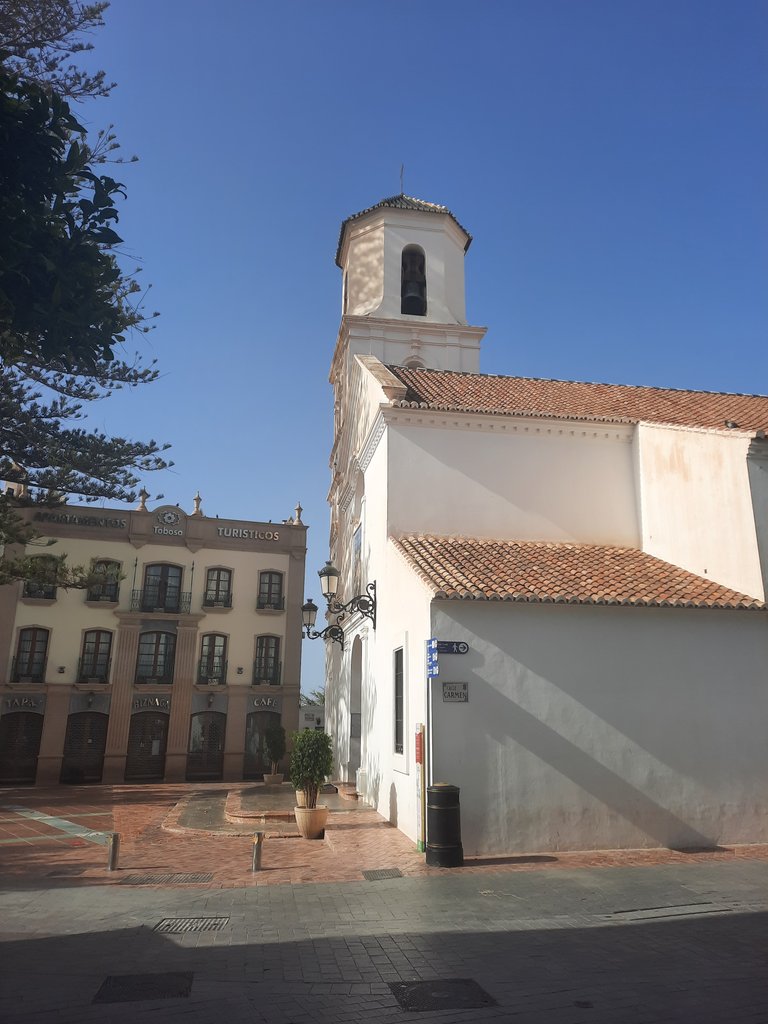
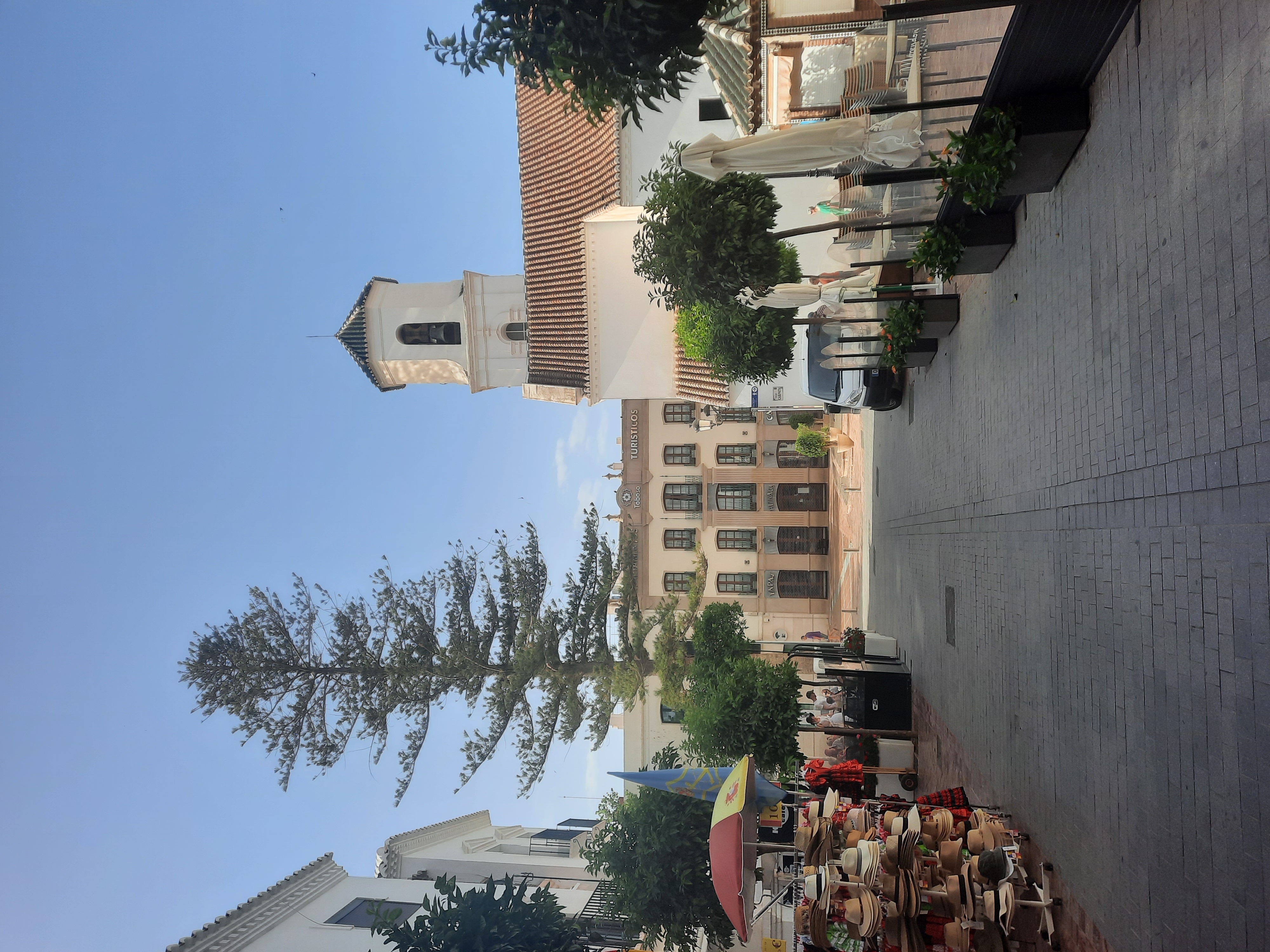
That's it for now. I hope that you enjoyed joining me for this virtual walk around Nerja. We'll do it again soon with another location, possibly an Irish one next time.
These photos are all my own captured on my Samsung Smartphone
Thanks as always for stopping by everyone.
Peace Out
